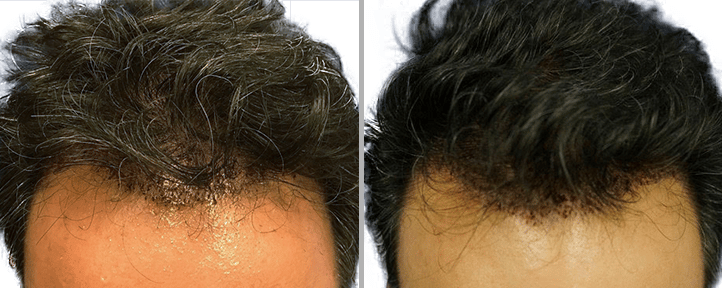Breast augmentations have always been one of the most popular cosmetic procedures, with an estimated 313,735 performed in the USA in 2018, according to the American Society of Plastic Surgeons. However, it’s not uncommon for women to replace their implants in the years following augmentation, whether for elective reasons or complications. If you’re considering breast augmentation, it’s important to know why revisional surgery happens and what your options are. Here’s a guide as you plan your consultation.
Will My Implants Last Forever?
The lifespan of breast implants is different for everyone and is determined on a case by case basis. While some mistakenly believe that implants will last forever, the majority of women are under the assumption that they will need them replaced ten years after surgery. This is because of a public report made by the Food and Drug Administration in 2011, stating that one in five breast implant patients required a revision or replacement after ten years in the survey they performed.
In other words, eighty percent of patients will likely be able to enjoy their implants for longer than ten years after insertion. The idea that the remaining twenty percent have eventual complications with their implants may be a concern, but that number is misleading. Only three percent of implants ever actually require further procedures due to deflation or ruptures. Many women replacing or revising their implants are doing so because they want to alter their size or refine the shape in some way.
Why Would I Replace My Implants?
There are a few concerns that might require replacement of your implants. These are not very common and you will most likely never face them if you undergo your procedure with a board-certified plastic surgeon. However, it’s important to know what to look for.
The first is the possibility of the implant deflating or rupturing. While these are very rare occurrences, they will require a timely revision. The effect of a rupture differs whether you have saline or silicone implants. With saline implants, you are immediately able to tell when they have ruptured, as the silicone shell will deflate. Your body can absorb the saline solution without causing any harm. With silicone implants, ruptures are often unnoticeable until an MRI scan or mammogram is performed. In this case, the silicone gel leaks out and normally stays within a scar capsule that your body forms around the ruptured implant. Even if there is no rupture, excess scar tissue can form around the breasts, changing their shape and making them uneven or adjust their position. The implants should be replaced if you want to correct this complication, called capsular contracture.
Schedule a Consultation
Of course, the likelihood of a breast implant complication is highly dependent on the quality of the plastic surgeon you choose. It’s important to make sure your surgeon is board certified and confirm that they are experienced in breast procedures like augmentation and revision. To verify their skill and experience, you should ask questions and look through photos of their previous patients to get a sense of what they can do for you. If you are thinking of adjusting your breast implants, they can easily be replaced or revised in the San Antonio, Texas area by Dr. Homas or Dr. Brostrom at New Image Plastic Surgery. Both our surgeons are highly experienced in breast procedures, including augmentation, lifts, and reductions.
To get started on your breast augmentation or revisional surgery, contact our office by calling or filling out our online form.












